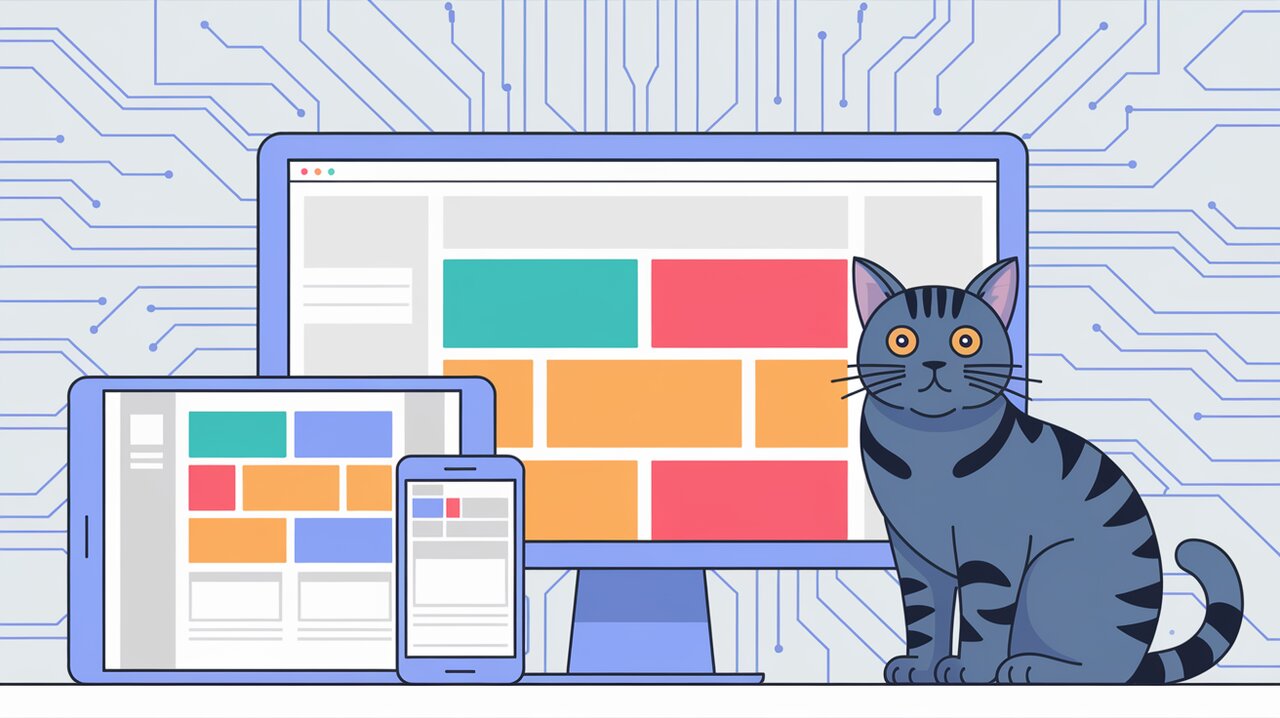
Orchestrating Responsive Layouts with redux-mediaquery
Redux Mediaquery is an innovative ActionCreator for Redux that brings the power of CSS media queries directly into your Redux store. This library enables developers to create declarative responsive layouts with ease, offering a seamless integration between your application’s visual responsiveness and its state management.
Why redux-mediaquery?
In the world of modern web development, responsive design is not just a luxury—it’s a necessity. Traditional approaches often involve CSS-only solutions or complex JavaScript implementations. Redux Mediaquery bridges this gap by allowing you to:
- Complement CSS by rendering entirely different components based on screen size.
- Update measuring components when screen size changes.
- Implement responsive images efficiently.
- Flag server-side rendering for improved performance.
These capabilities make redux-mediaquery an invaluable tool for developers looking to create truly adaptive user interfaces.
Getting Started with redux-mediaquery
Let’s dive into how you can integrate redux-mediaquery into your React application.
Installation
First, install the package using npm:
npm install --save redux-mediaquery
Basic Setup
To set up redux-mediaquery in your application, follow these steps:
- Import the necessary components in your store creator:
import { reducer as responsive, mediaQueryTracker } from 'redux-mediaquery';
- Add the reducer to your combined reducers:
const reducer = combineReducers({
responsive,
// ... other reducers
});
- After creating your store, set up the media query tracker:
const unlisten = mediaQueryTracker({
isPhone: "screen and (max-width: 767px)",
isTablet: "screen and (max-width: 1024px)",
innerWidth: true,
innerHeight: true,
}, store.dispatch);
This setup allows you to track various screen conditions and dimensions in your Redux store.
Leveraging redux-mediaquery in Components
Once set up, you can easily connect your components to the responsive state:
import React from 'react';
import { connect } from 'react-redux';
interface Props {
isPhone: boolean;
innerHeight: number;
}
const ResponsiveComponent: React.FC<Props> = ({ isPhone, innerHeight }) => (
<div>
{isPhone ? (
<h1>I'm on a phone!</h1>
) : (
<p>Desktop here. My height is {innerHeight}px</p>
)}
</div>
);
const mapStateToProps = ({ responsive }: { responsive: any }) => ({
isPhone: responsive.isPhone,
innerHeight: responsive.innerHeight,
});
export default connect(mapStateToProps)(ResponsiveComponent);
This approach allows for declarative, state-driven responsive layouts that react to changes in screen size and orientation.
Advanced Usage
Redux Mediaquery isn’t limited to simple queries. You can create complex responsive behaviors:
Custom Media Queries
Define custom media queries to suit your specific design needs:
mediaQueryTracker({
isWidescreen: "screen and (min-width: 1400px)",
isPortrait: "screen and (orientation: portrait)",
hasTouchscreen: "screen and (hover: none) and (pointer: coarse)",
}, store.dispatch);
Server-Side Rendering
For server-side rendering, you can initialize the state based on user agent:
import { mediaChanged } from 'redux-mediaquery';
// Determine device type server-side
const isPhone = /* logic to detect phone from user agent */;
const isBot = /* logic to detect bot from user agent */;
store.dispatch(mediaChanged({
isServer: true,
isPhone,
isBot
}));
Then, update the state client-side after the first render:
React.useEffect(() => {
store.dispatch(mediaChanged({ isServer: false }));
}, []);
This approach ensures consistent rendering between server and client.
Performance Considerations
While redux-mediaquery is powerful, it’s important to use it judiciously. Overuse can lead to unnecessary re-renders. Consider using it for major layout changes and relying on CSS media queries for minor adjustments.
Browser Support
Redux Mediaquery relies on the matchMedia() API, which is supported in all modern browsers. For older browsers, consider using a polyfill to ensure compatibility.
Conclusion
Redux Mediaquery offers a robust solution for managing responsive layouts in React applications. By bringing media queries into your Redux store, it enables a more declarative and maintainable approach to responsive design. Whether you’re building a complex dashboard or a simple landing page, redux-mediaquery can help you create fluid, adaptive user interfaces with ease.
For more insights on state management in React, check out our articles on Zustand for simplified state management and Jotai for atomic state management. These complementary approaches can further enhance your React application’s state management strategy.
By integrating redux-mediaquery into your development workflow, you’re not just writing responsive code—you’re orchestrating a symphony of adaptable user interfaces that respond harmoniously to the ever-changing landscape of web devices.
